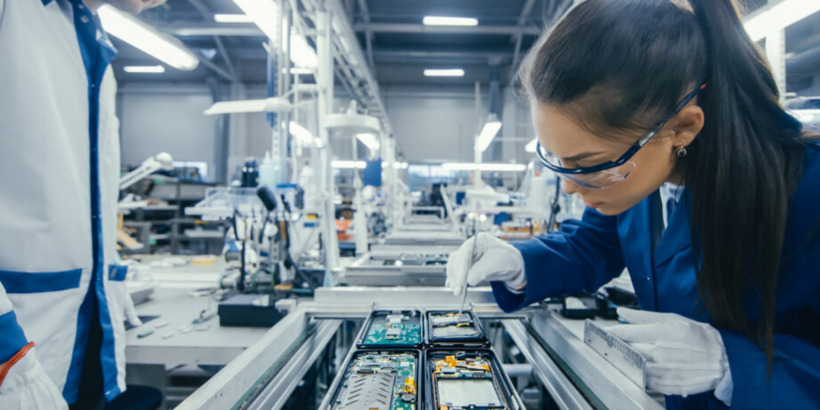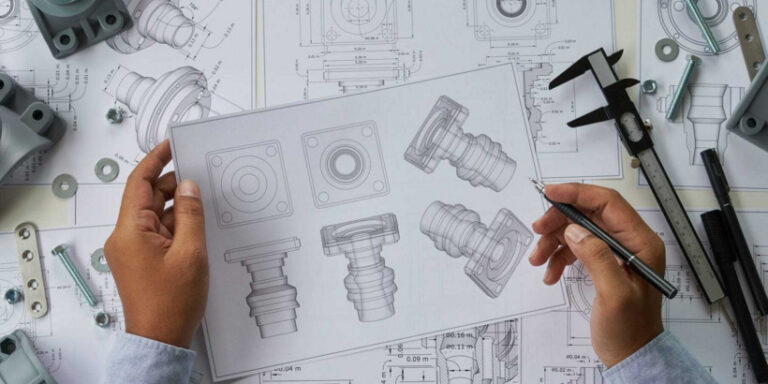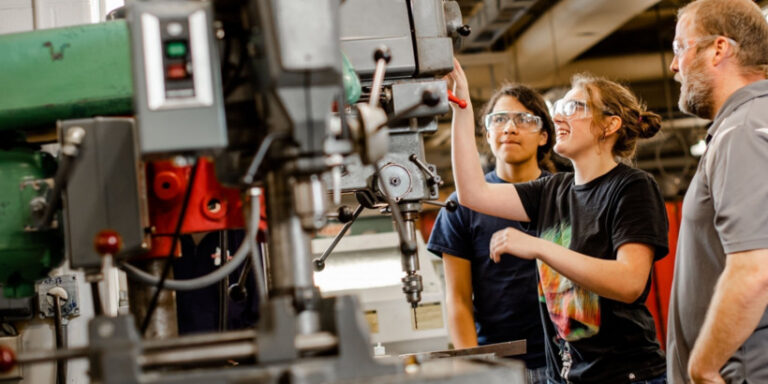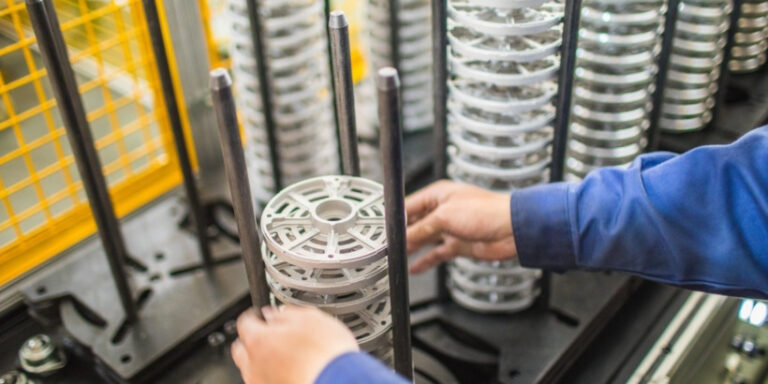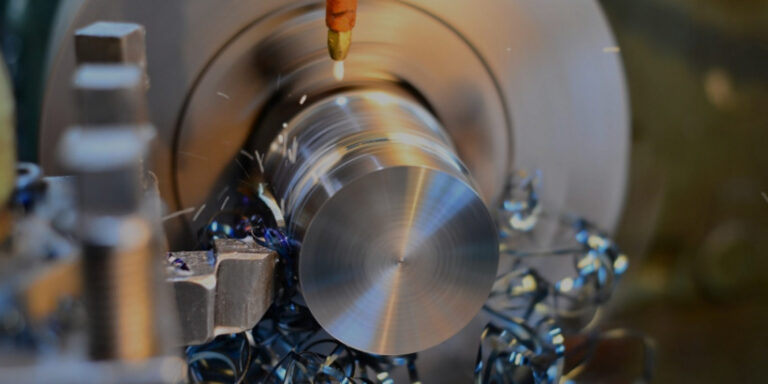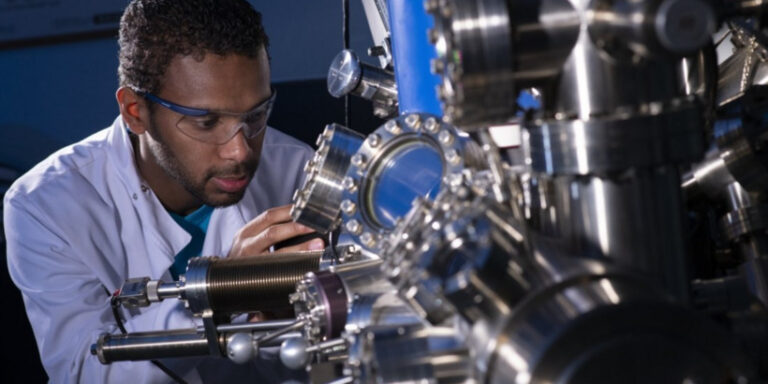Best Practices For Designing Safe And Efficient Industrial Equipment
Hey there, fellow engineers! Are you tired of designing industrial equipment that doesn’t meet safety standards or runs inefficiently? Well, fear not because I’m here to share some best practices for designing safe and efficient industrial equipment. As an experienced engineer who has designed various types of industrial equipment, I know how important it is to prioritize safety and efficiency in design.
Firstly, when designing any type of industrial machinery, safety should always be the top priority. The consequences of malfunctioning machines can be catastrophic – causing injuries, damage to property, and even loss of life. Therefore, it’s crucial to follow safety guidelines and regulations while designing industrial equipment.
Additionally, incorporating features such as emergency stop buttons, warning signs, and protective barriers can help prevent accidents from occurring. After all, a well-designed machine will protect both its operators and surroundings while ensuring optimum performance.
So let’s dive into some best practices for designing safe and efficient industrial equipment!
Understanding Safety Guidelines And Regulations
When it comes to designing industrial equipment, safety should always be a top priority.
It’s essential to review certification requirements and ensure that your design meets or exceeds industry standards for safety. This means researching and understanding the regulations specific to your product, as well as any general guidelines for safe machinery operation.
Additionally, ensuring staff training is an important part of maintaining a safe workplace. All operators should receive proper training on how to use the equipment safely and effectively, with regular refreshers and updates provided as needed.
By prioritizing safety from the start of the design process and continuing to prioritize it throughout production, you can create equipment that not only performs efficiently but also keeps workers protected from harm.
Incorporating Emergency Stop Buttons
Now that we understand the importance of safety guidelines and regulations, let’s talk about incorporating emergency stop buttons into industrial equipment. This may seem like a small addition, but it can make all the difference in preventing accidents and injuries in your workplace.
Proper placement of these buttons is crucial to ensure they are easily accessible for operators in case of an emergency. Additionally, operator training is essential to ensure that they know how and when to use them effectively.
Here are some best practices for incorporating emergency stop buttons:
- Consider the location: Place the button within reach of the operator without causing any obstruction or interference with their work.
- Use clear labeling: Ensure that the button is labeled clearly so that anyone can identify its function instantly.
- Test regularly: Conduct regular checks to verify if the button works correctly.
By following these simple steps, you can improve safety measures on your site dramatically. Remember that prevention is always better than cure, and investing time and resources into ensuring proper safety protocols will save you from costly legal battles as well as protect employee health and wellbeing.
Utilizing Warning Signs And Protective Barriers
When designing industrial equipment, it’s important to not only consider the functionality and efficiency but also safety. One effective way of ensuring safety is through utilizing warning signs and protective barriers.
These visual aids can help workers visualize risks and identify hazards before they become a danger. Warning signs should be clear and concise, with easy-to-understand graphics or text. Protective barriers should be sturdy enough to prevent accidental contact with dangerous machinery or materials.
By incorporating these measures into the design process, we can create a safer work environment for everyone involved in operating and maintaining industrial equipment.
Optimizing Machine Components
Just like how warning signs and protective barriers are crucial for keeping workers safe from harm, optimizing machine components is also an important aspect of designing industrial equipment that is both efficient and secure.
It’s like fine-tuning a musical instrument: every component needs to be in harmony with one another to produce the perfect sound.
Similarly, by reducing noise and minimizing vibration through careful selection and design of machine components, we can create a safer work environment while ensuring optimal performance.
Whether it’s selecting high-quality bearings or implementing shock absorbers, every small step counts towards achieving our goal of creating industrial equipment that meets the highest safety standards without compromising productivity.
Ensuring Proper Maintenance
Now that we have covered the design and manufacturing aspects of industrial equipment, it is important to discuss how proper maintenance can ensure safety and efficiency.
One key aspect of maintenance is preventative inspections. Regularly scheduled inspections can identify potential issues before they become serious problems, reducing downtime for repairs and minimizing the risk of accidents.
Additionally, worker training plays a crucial role in maintaining safe and efficient equipment. Operators should be trained on proper usage, cleaning, and maintenance procedures to prevent damage or breakdowns caused by incorrect use or neglect.
By prioritizing regular inspections and worker training, companies can maintain their equipment’s safety and effectiveness while extending its lifespan.
Developing Efficient Operating Procedures
Alrighty folks, now that we’ve got our industrial equipment designed and ready to go, let’s talk about developing efficient operating procedures. This is a crucial step in ensuring the safety of workers and the productivity of operations.
First things first, before even beginning to develop these procedures, it’s important to evaluate potential risks associated with the equipment and its operation. Once those have been identified and assessed, we can move on to creating a set of clear and concise operating procedures.
To make sure these procedures are truly effective, monitoring operations is key. Here are four tips to keep in mind when monitoring:
- Regularly review and update your operating procedures as needed.
- Conduct regular inspections of your equipment to ensure everything is running smoothly.
- Train all employees on proper use of the equipment and adherence to standard operating procedures.
- Encourage open communication between employees so any issues or concerns can be addressed quickly.
By following these guidelines and continuously evaluating our processes for efficiency, we can create a safe working environment while maximizing productivity. Remember: safety always comes first!
Testing And Verifying Machine Performance
Now that we have designed an industrial equipment, the next step is to test and verify its performance. We need to ensure that our machine is safe and efficient for use in a factory or any other environment where it will be utilized. The best way to achieve this is by installing sensors that can monitor various aspects of the machine’s operation, such as temperature, pressure, speed, and vibration. These sensors are crucial because they provide real-time data on how well the equipment is functioning.
To evaluate alerts generated by these sensors, we need to establish acceptable limits for each parameter being monitored. For instance, if a sensor indicates that the temperature of a particular component has exceeded the set limit value, then an alert should be sent immediately so that corrective action can be taken promptly before any damage occurs. Moreover, using advanced analytical tools like machine learning algorithms can help identify patterns of behavior leading up to failure events allowing us to anticipate maintenance needs proactively.
The following table summarizes some common tests required during equipment verification:
| Test Name | Purpose | Acceptance Criteria |
|---|---|---|
| Functionality Testing | Confirm all features work properly | All functions meet design specifications |
| Performance Testing | Evaluate system efficiency under varying conditions | Equipment meets specified capacity while maintaining safety margins |
| Environmental Testing | Verify durability in extreme environmental conditions | No damage after exposure within established parameters |
In conclusion, testing and verifying equipment performance is critical for ensuring that it works safely and efficiently. By installing sensors and establishing acceptance criteria based on those measurements allows us to assess whether our equipment performs optimally or not. Incorporating advanced analytics into our monitoring systems enables predictive maintenance operations which increases overall reliability resulting in lower downtime and increased profits.
Conclusion
In conclusion, designing safe and efficient industrial equipment requires a great deal of attention to detail. As someone who has worked in the industry for many years, I know firsthand just how important it is to incorporate safety guidelines and regulations into every aspect of the design process.
One of the most critical components of any industrial machine is its emergency stop button. This small but mighty piece of equipment can literally mean the difference between life and death in an emergency situation.
Similarly, utilizing warning signs and protective barriers can help prevent accidents before they even occur.
Of course, designing safe and efficient machinery isn’t just about protecting workers – it’s also about optimizing performance and productivity. By ensuring proper maintenance, developing efficient operating procedures, and testing and verifying machine performance regularly, you can keep your operation running smoothly while keeping your employees safe.
At the end of the day, there’s nothing more satisfying than knowing that you’ve created a product that not only gets the job done efficiently but keeps everyone involved out of harm’s way.
Hyperbole: Designing unsafe industrial equipment is akin to playing Russian roulette with people’s lives – don’t take chances!
